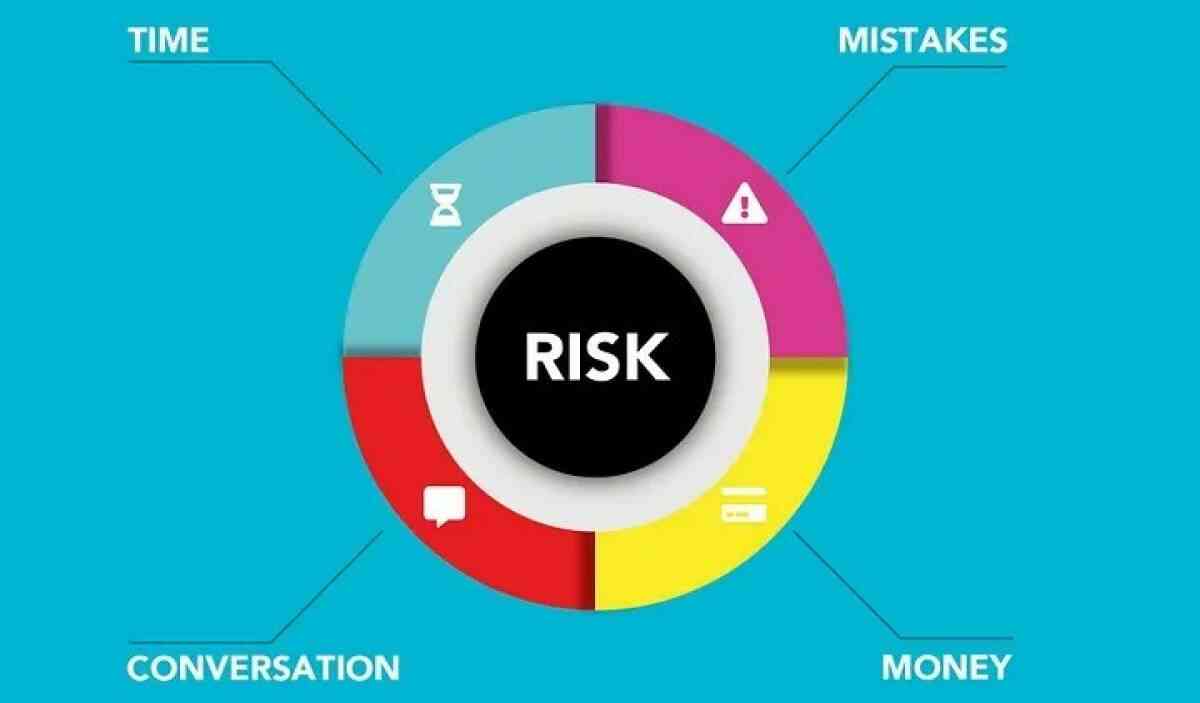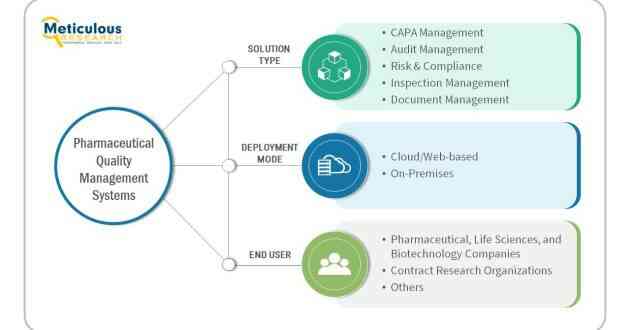Navigating Uncertainty: The Art And Science Of Effective Risk Management
- - Category: Management
- - 25 Sep, 2023
- - Views: 273
- Save

In this constantly changing world, uncertainty is a consistent companion.
In this constantly changing world, uncertainty is a consistent companion. Whether you are a business leader, a project manager, or an individual navigating life’s challenges, understanding and managing risks is essential. Risk management is both an art and a science, a delicate balance between intuition and data-driven analysis. In this blog, we will explore the intricacies of effective risk management, delving into its principles and practices to help you navigate uncertainty with confidence.
The Nature of Uncertainty
Uncertainty is inherent in every decision we make. From launching a new product to making a personal investment, we are constantly faced with unknowns. Risk management is the process of identifying, assessing, and mitigating these uncertainties to achieve our goals while minimizing potential negative outcomes.
Identifying Risks
Effective risk management begins with identifying potential risks. This requires a comprehensive understanding of your domain, whether it’s finance, business, health, or another area. Here are a few strategies to help you identify risks:
a. Scenario Analysis: Construct various scenarios to envision potential future outcomes and identify risks associated with each.
b. Risk Registers: Maintain a list of known risks and regularly update it as new risks emerge.
c. Brainstorming: Encourage open discussions and brainstorming sessions to uncover hidden risks.
d. Expert Opinions: Seek input from experts in the field to gain insights into emerging risks.
Risk Assessment
Once risks are identified, the next step is assessing their potential impact and likelihood. This involves both quantitative and qualitative analysis. Consider using tools such as risk matrices, decision trees, and probability analysis to gauge risk severity.
Risk Mitigation
After assessing risks, it’s essential to develop strategies for mitigation. This might include risk avoidance, risk reduction, risk sharing, or risk acceptance. The choice of strategy depends on the specific risk and your risk appetite.
Application of Risk Management
Financial Risk Management: In the world of finance, risk management is a cornerstone. Financial institutions use risk assessment models to manage credit risk, market risk, and operational risk. Effective risk management in finance is essential for stability and growth.
Project Management: Every project, from construction to software development, involves uncertainty. Project managers use risk management techniques to identify potential obstacles and develop contingency plans. This ensures that projects stay on track even when unexpected challenges arise.
Healthcare: The healthcare industry relies on risk management to improve patient safety and quality of care. Risk assessments are used to identify areas of vulnerability, and protocols are developed to reduce medical errors and adverse events.
Cybersecurity: In the digital age, cybersecurity is paramount. Organizations employ risk management to identify vulnerabilities in their systems and develop strategies to protect against cyber threats.
Wrap up
Navigating uncertainty through effective risk management is both an art and a science. It involves a delicate balance between quantitative analysis and human judgment, between structure and adaptability. Embracing risk, when done thoughtfully by professional risk management organisations, can not only lead to innovation but also business growth. Conversely, ignoring or mismanaging risk can result in unexpected setbacks.
To become adept at managing uncertainty, individuals and organizations must continuously refine their risk management processes, cultivate a risk-aware culture, and be willing to adapt in an ever-changing world like how MEC, the best engineering consultancy globally does it. Serving a wide variety of industries through our robust and well-structured processes, a business can leverage our proficient engineering services.


